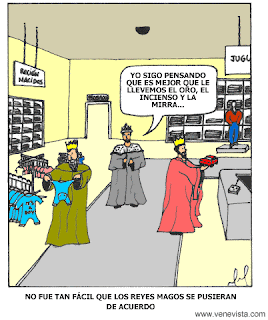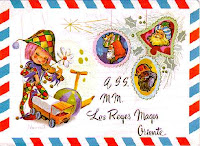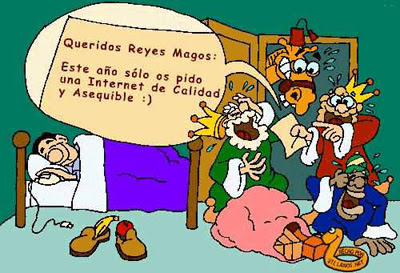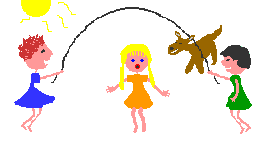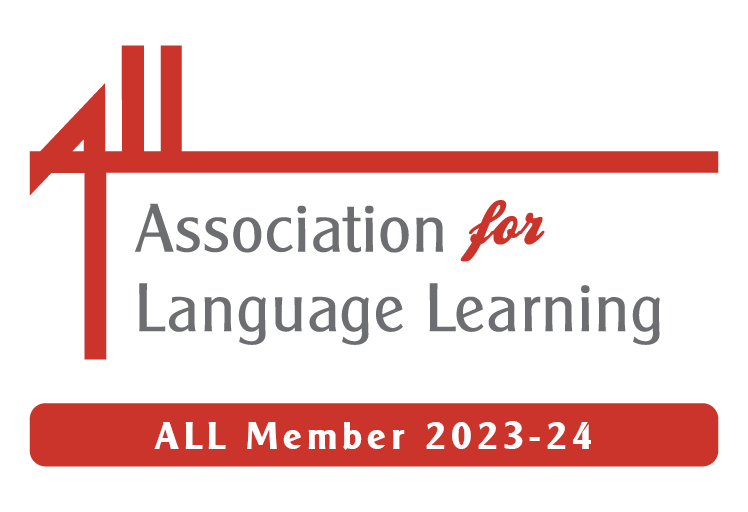When considering Primary Language Learning (PLL), one of the thorniest issues seems to be the transition from KS2 to KS3 – how will it be managed? The KS2 Framework for MFL and the introduction of language learning for ALL pupils in KS2 by 2010 has massive implications for KS3. In the past, many children went into KS3 with little or no knowledge of languages – now pupils will arrive with, in some cases, more than four years of language study. Added to this, not all experiences will have been the same. Some pupils may arrive with four years of French, others with Spanish, still more with experience of two or more languages. How can it possibly work?
Comenius West Midlands today held a conference entitled ‘MFL – Planning for Transition’ to discuss just this issue.
Led by John Connor (Associate Consultant, MFL, Thurrock), and David Mee (former General Inspector, MFL, Wirral), the day began with an overview of the challenges and opportunities involved in transition before Carmel O’Hagan (CILT) offered some advice on welcoming pupils with diverse PLL backgrounds. The day then offered the opportunity to attend three workshops chosen from topics including
- Investigating Languages-a skills based approach
- Practical strategies to ease the challenge of transition
- Asset languages
- Welcoming children into the MFL classroom in their new school
- Video conferencing to support transfer and progression
- Language Bridge
- Liaison –the issues and how to avoid (or cope!) with them
- Using the ELP to support transition (delivered by me – see My Box of Goodies on the right for the notes!)
before Phase groups (one for Secondary and one for Primary) to discuss the issues of the day, concluding with a plenary to draw the two lists of issues together and culminating in a highly entertaining example of using song to engage in the Primary classroom.
Over the next few posts, I hope to share some of the things presented during the day and my repsonse to them.




